Hallux extensus: first toe deformity in the sagittal plane
 The hallux extensus consists of the dorsiflexion or dorsal extension of the first radius. Its origin may be congenital or acquired and it is mainly caused by: a paralysis, involving brain-vascular accidents and neuromuscular diseases, among others; due to different types of alterations at the metatarsophalangeal and interphalangeal joint, such as the shortening of the extensor of the first toe or iatrogenic surgery. When hyperextension occurs at the interphalangeal level it may be due to arthritis or poorly consolidated fractures. The hallux extensus can result in nail lesions (onychogryphosis or onycholysis), dermal lesions (subungual helomas) or mechanical dorso-distal pain of the first toe caused by repetitive microtrauma with shoes. This extension deformity of the first segment may give rise to biomechanical overload at the arch by the proximal phalanx and by the metatarsal head of the first radius. Conservative treatment to solve this pathology is a brace made of silicone that impinges on the proximal phalanx, with the aim of reducing hyperextension of the distal phalanx, as long as the interphalangeal joint is reducible and retains a certain range of movement. In cases where there is arthrodesis of the joint, and the position of the first toe causes discomfort on a regular basis, it will then be advisable to consider surgical treatment.
The hallux extensus consists of the dorsiflexion or dorsal extension of the first radius. Its origin may be congenital or acquired and it is mainly caused by: a paralysis, involving brain-vascular accidents and neuromuscular diseases, among others; due to different types of alterations at the metatarsophalangeal and interphalangeal joint, such as the shortening of the extensor of the first toe or iatrogenic surgery. When hyperextension occurs at the interphalangeal level it may be due to arthritis or poorly consolidated fractures. The hallux extensus can result in nail lesions (onychogryphosis or onycholysis), dermal lesions (subungual helomas) or mechanical dorso-distal pain of the first toe caused by repetitive microtrauma with shoes. This extension deformity of the first segment may give rise to biomechanical overload at the arch by the proximal phalanx and by the metatarsal head of the first radius. Conservative treatment to solve this pathology is a brace made of silicone that impinges on the proximal phalanx, with the aim of reducing hyperextension of the distal phalanx, as long as the interphalangeal joint is reducible and retains a certain range of movement. In cases where there is arthrodesis of the joint, and the position of the first toe causes discomfort on a regular basis, it will then be advisable to consider surgical treatment.


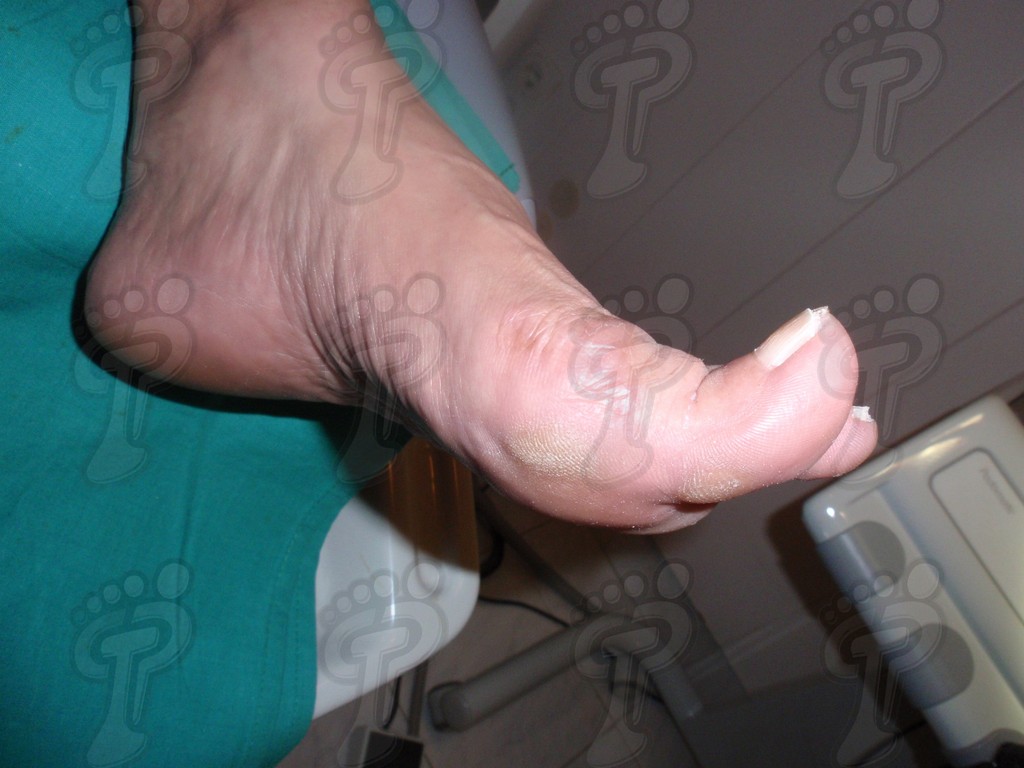

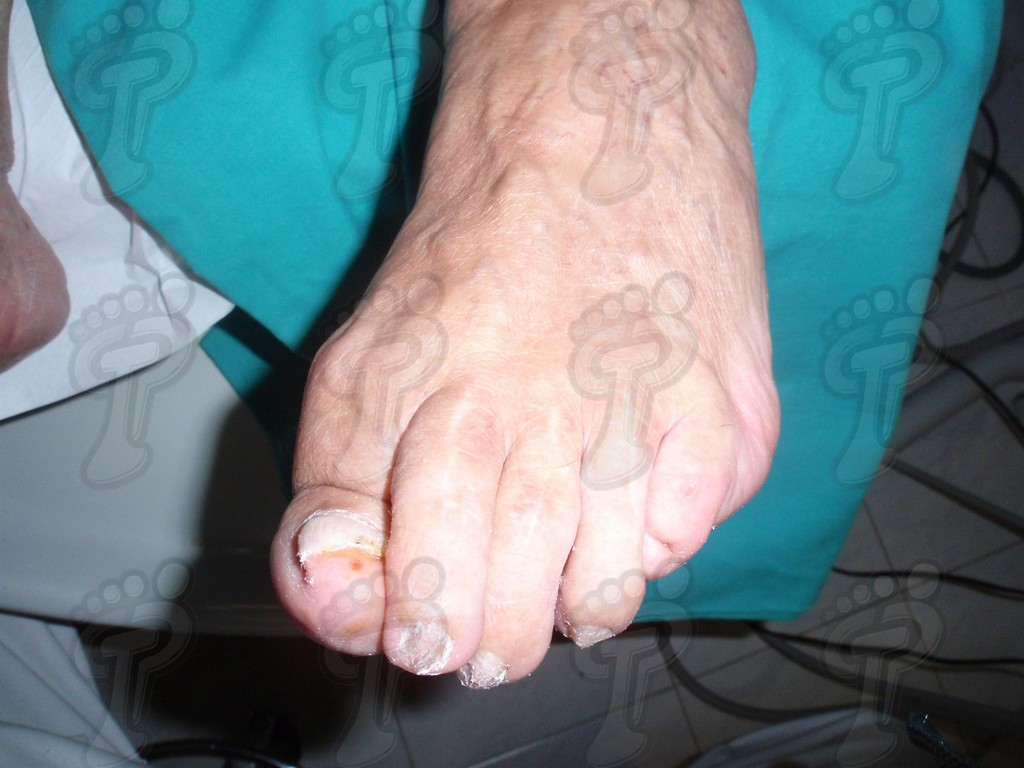
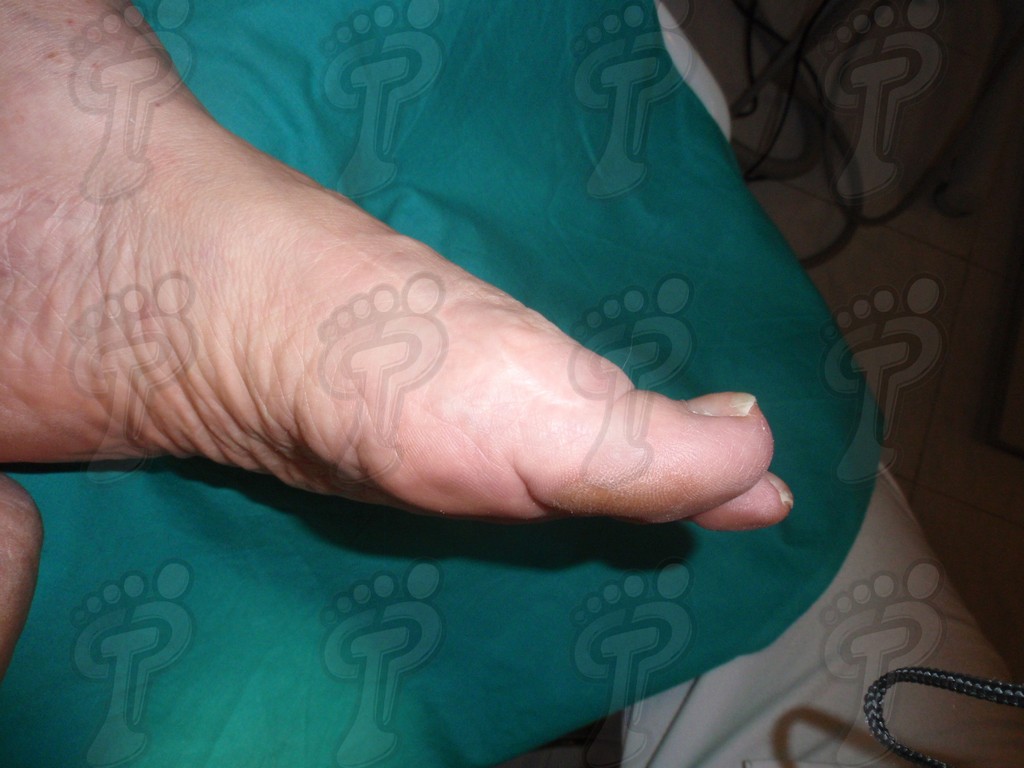
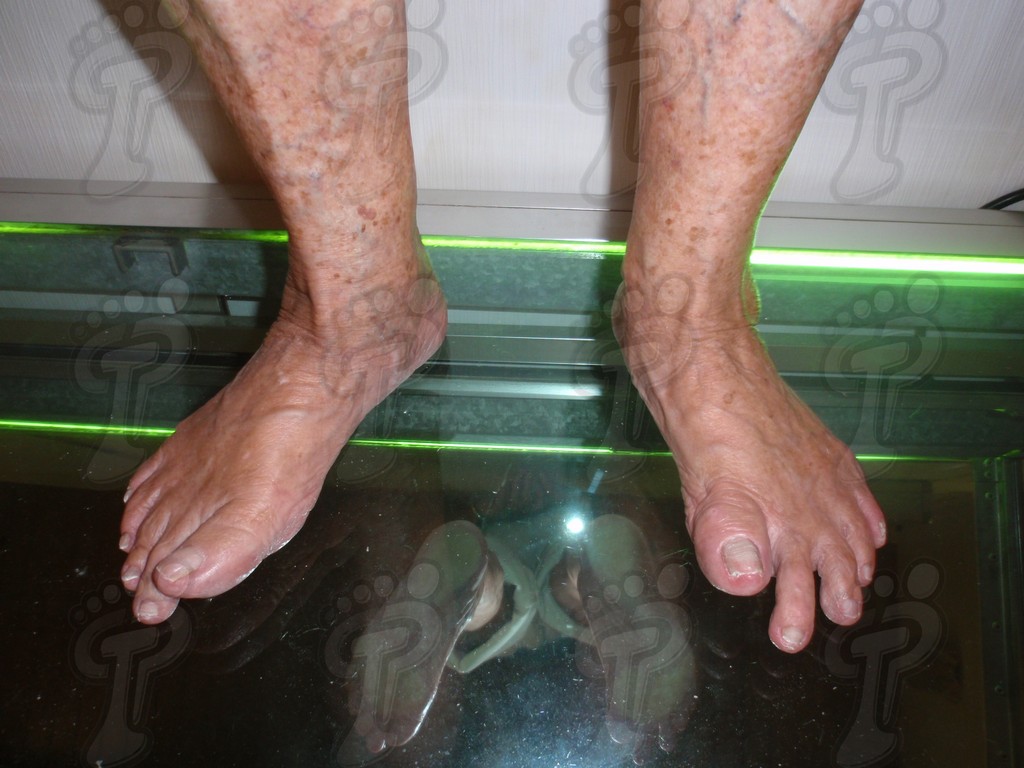
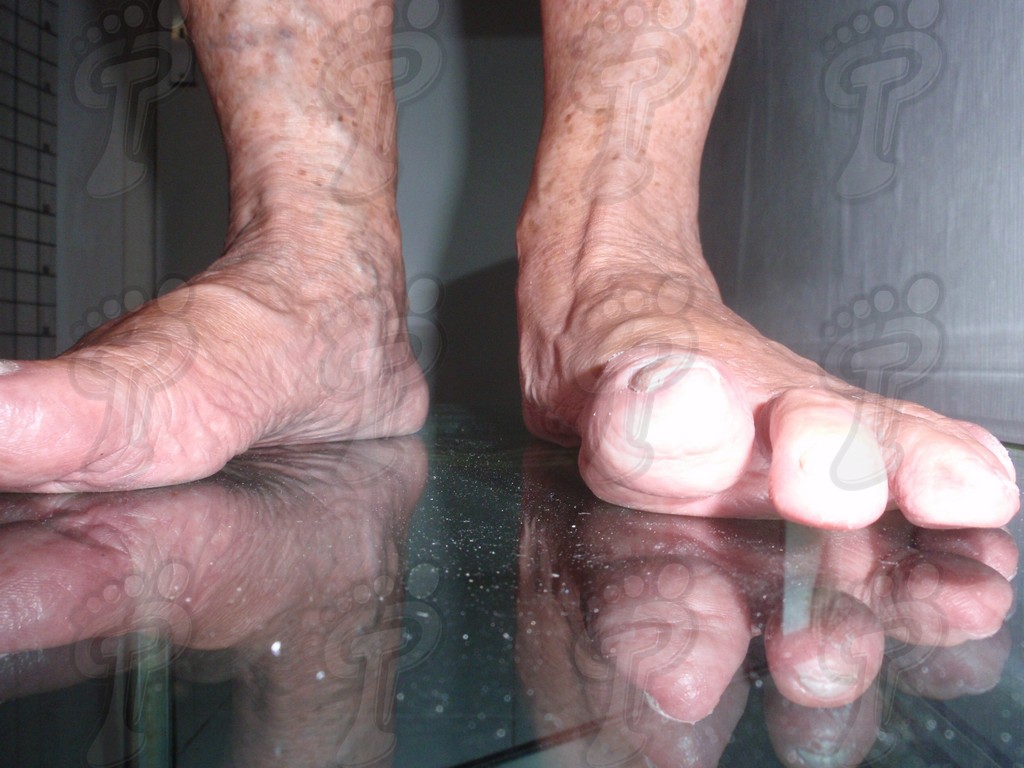
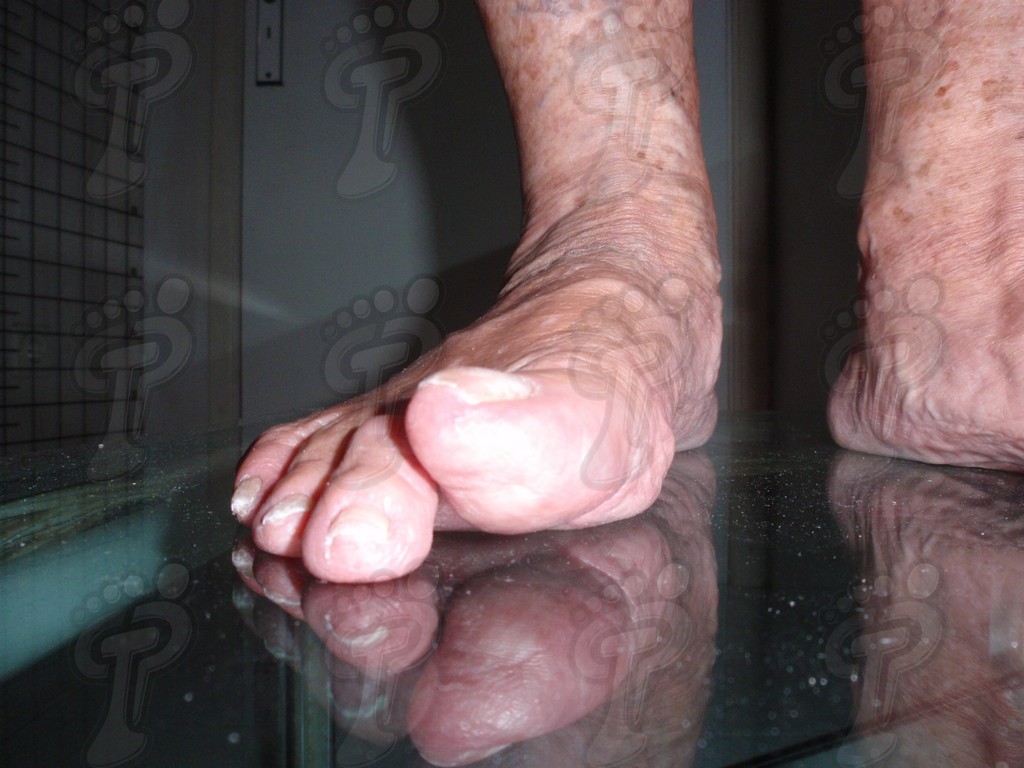






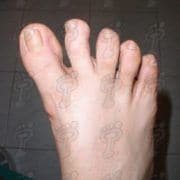
Leave a Reply
Want to join the discussion?Feel free to contribute!